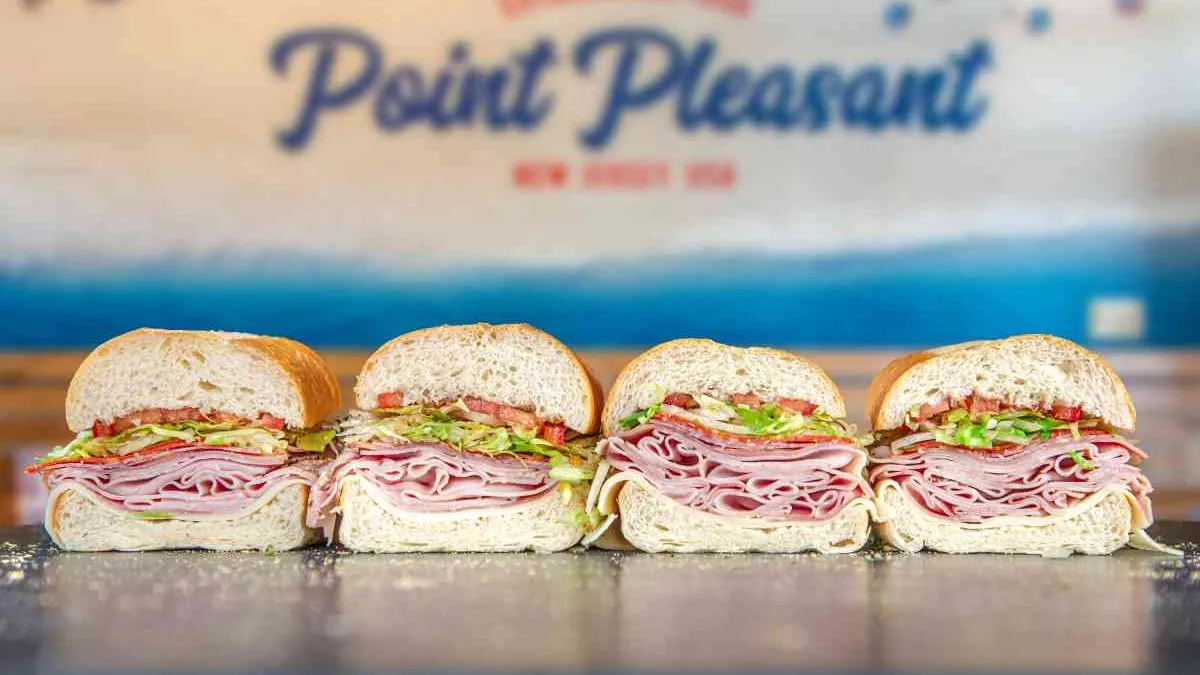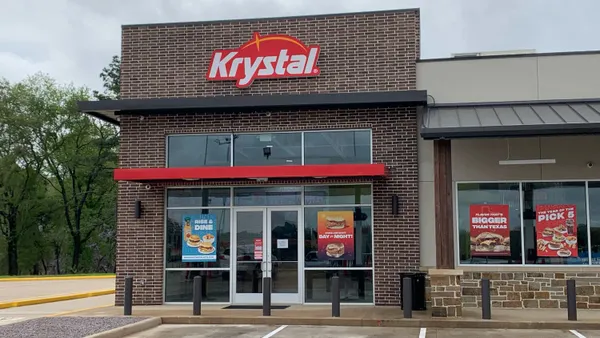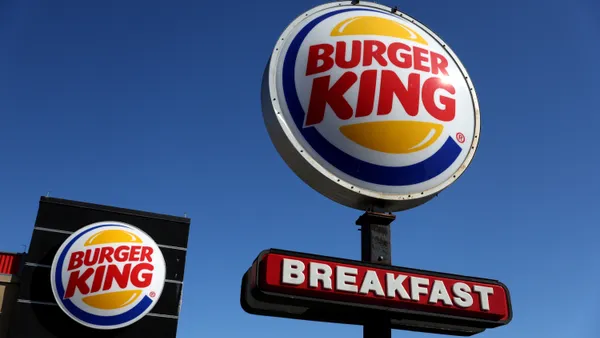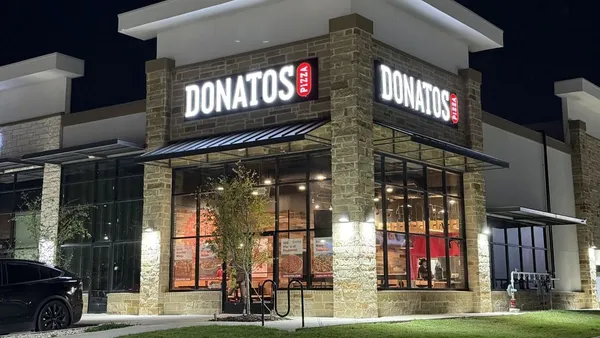Dive Brief:
- Jersey Mike’s and SoundHound have deployed the latter’s voice ordering artificial intelligence tool at five or six Jersey Mikes locations in the first wave of a 50-store pilot, a Jersey Mike’s representative wrote in an email to Restaurant Dive.
- SoundHound’s AI now answers “100% of calls” at participating stores and is capable of taking multiple calls at once, according to a press release shared Wednesday.
- SoundHound wrote in an email to Restaurant Dive that its technology was trained on Jersey Mike’s menu and recognizes natural language, meaning “a customer can ask for a #55 or a ‘Big Kahuna’ or a Chicken Cheese steak, and the system understands that these are all the same sub.”
Dive Insight:
AI is becoming a key tool to bolstering restaurant staff and delivering top-notch customer service, Jersey Mike’s Scott Scherer, chief information officer, said in the release.
SoundHound said the technology, in addition to taking orders, could answer “a broad range of menu questions (e.g., about specials and promotions), and even provides information about opening times, parking, [and] allergens.”
Major chains have been testing phone ordering AI since well before the COVID-19 pandemic, with Chipotle running a version of the tech at 1,800 stores in 2019. But in recent years, the trend toward voice-ordering AI has accelerated, and a multitude of restaurant companies are using or testing it both at the drive-thru and on the phone.
Del Taco, for example, has worked with Presto AI to implement its voice-ordering tech at the drive-thru, where such bots are particularly useful in upselling. Wendy’s said its franchisees can test drive-thru AI powered by Google Cloud this year, and DoorDash announced last summer that it was developing an automated phone system for its partner restaurants. Last summer, White Castle announced it would deploy SoundHound AI to over 100 restaurant drive-thrus by the end of 2024.
SoundHound said its AI “frees up Jersey Mike’s employees to focus on making delicious food and giving great service to in-store customers.” Robotics and artificial intelligence companies often frame their labor saving devices as ways to free up labor for redeployment within an establishment, rather than as a way to replace workers.














